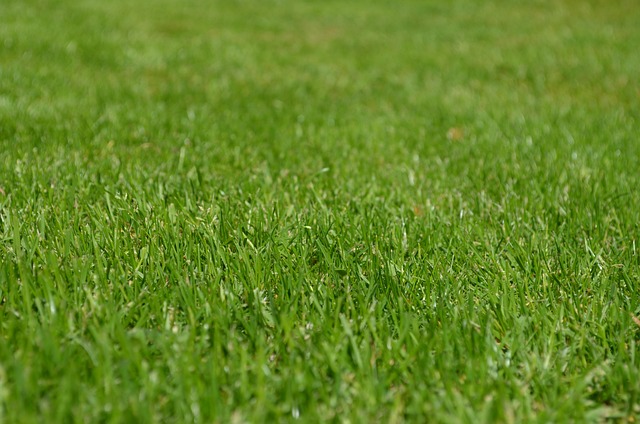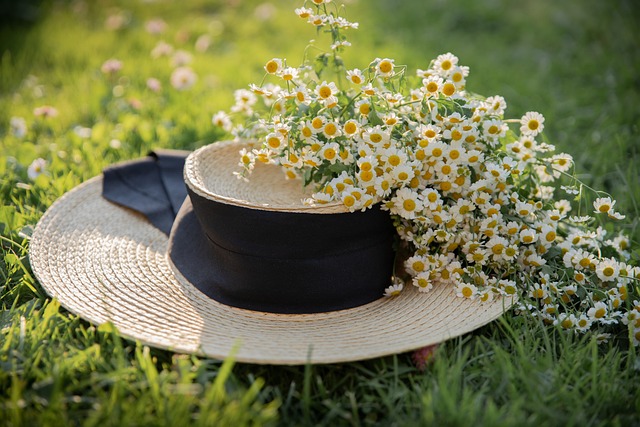Selecting patio and walkway materials for lawn care and landscaping involves balancing durability, aesthetics, weather resistance, and budget. Concrete is cost-effective and durable but requires sealing, while brick pavers offer a natural look. Natural stones like slate provide timeless beauty but need maintenance, as do wood planks which require regular treatment. Environmentally friendly options like permeable gravel support local ecosystems. Integrating material choices with location, traffic flow, and landscape design themes ensures both functional and visually appealing outdoor spaces in lawn care and landscaping efforts.
Transform your outdoor space with a stunning patio and walkway installation—a game-changer for any lawn care and landscaping enthusiast. This comprehensive guide explores the entire process, from choosing the right materials to match your landscape and climate to designing an inviting space that enhances your home’s curb appeal. We’ll walk you through each step, from site preparation to the final touches, ensuring a successful and stylish outdoor transformation.
- Choosing the Right Patio and Walkway Materials
- – Factors to consider when selecting materials
- – Pros and cons of popular options (e.g., concrete, stone, tile, wood)
Choosing the Right Patio and Walkway Materials

When it comes to patio and walkway installation, selecting the appropriate materials is a crucial step in any lawn care and landscaping project. The right choice can enhance the aesthetics of your outdoor space while ensuring durability and functionality. Concrete is a popular option known for its strength and versatility; it can be stamped or stained to mimic natural stone, providing a beautiful and low-maintenance surface. For a more natural look, brick pavers offer a charming alternative, allowing for intricate patterns and designs that complement various landscaping themes.
Consider the climate and foot traffic when making your selection. In regions with harsh winters, materials like concrete or cobblestones may require additional sealing or maintenance to prevent damage from frost heaves or heavy rainfall. On the other hand, permeable materials like gravel or stone dust can be environmentally friendly options for lawn care as they allow water to drain through, aiding in flood prevention and supporting local ecosystems.
– Factors to consider when selecting materials

When it comes to patio and walkway installation, choosing the right materials is paramount for both functionality and aesthetics in lawn care and landscaping. Factors like weather resistance, durability, and visual appeal should guide your selection. Natural stones like slate or granite offer a timeless look but require more maintenance. Concrete is a cost-effective option that can be stained or sealed for various colors and patterns, while still being highly durable. Wood planks provide a cozy ambiance but necessitate regular treatment to prevent rot and insect damage. Composite materials mimic the appearance of natural stone or wood without the upkeep, making them ideal for busy homeowners looking for low-maintenance lawn care solutions.
Consider also the patio’s and walkway’s location and traffic flow. High-traffic areas may need more robust materials that can withstand frequent use. Sloped or uneven terrain may limit certain material choices for a level surface. The overall style of your landscape design will also play a role, as different materials offer distinct textures and colors that complement various themes, from rustic to modern. Incorporating these factors into your decision ensures not just a functional but also an integrated part of your lawn care and landscaping efforts.
– Pros and cons of popular options (e.g., concrete, stone, tile, wood)

When it comes to patio and walkway installation, choosing the right material is essential for both aesthetics and durability. Popular options include concrete, stone, tile, and wood, each with its own set of advantages and drawbacks. Concrete is a cost-effective and durable choice, perfect for high-traffic areas as it can withstand heavy weights and harsh weather conditions. However, it lacks natural appeal and requires regular sealing to prevent stains.
Stone offers a more elegant look, with options like flagstone and slate providing excellent traction and a unique visual appeal. It’s ideal for creating natural-looking paths that blend with the surrounding landscape. Yet, stone can be pricier and may require professional installation. Tile is another popular choice for patios due to its versatility in colors, patterns, and textures. It’s easy to install, maintain, and clean, making it a good option for DIY projects. However, tile can be cold underfoot and may chip or break if not properly protected from freezing temperatures. Wood, such as decking or treated lumber, adds warmth and charm to outdoor spaces, providing a natural look that complements various architectural styles. It’s relatively easy to install and maintain but requires regular treatment to prevent rot and insect damage.
When it comes to patio and walkway installation, the right materials can transform your outdoor space into a functional and aesthetically pleasing area for relaxation and entertainment. By considering factors like durability, maintenance, cost, and aesthetic appeal, you can make an informed decision that aligns with your lawn care and landscaping goals. Whether you opt for versatile concrete, natural stone, long-lasting tile, or eco-friendly wood, each material offers unique advantages to suit different preferences and budgets. Embrace the beauty of outdoor living and create a space that becomes the heart of your home.
